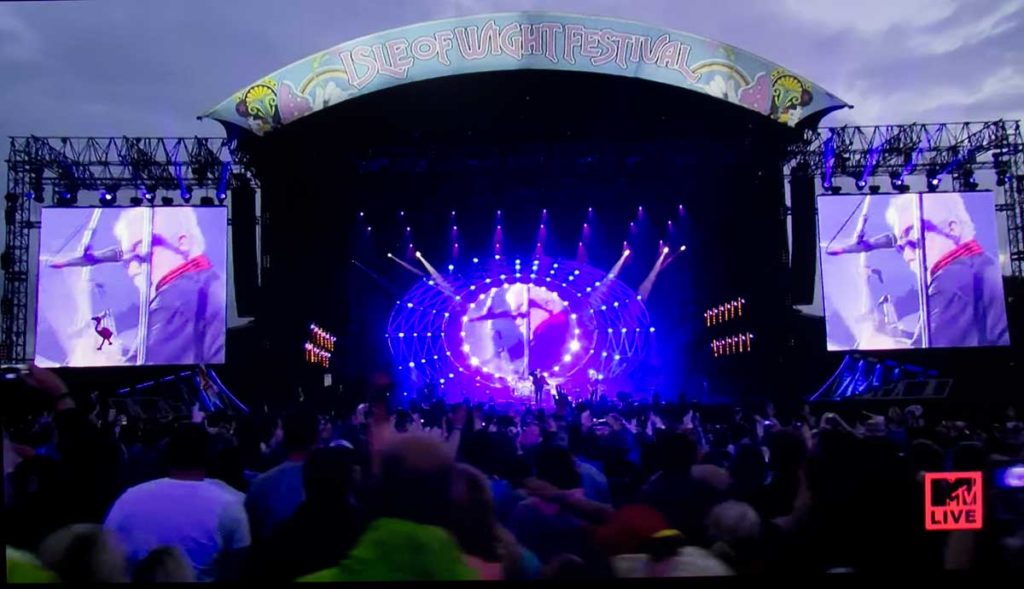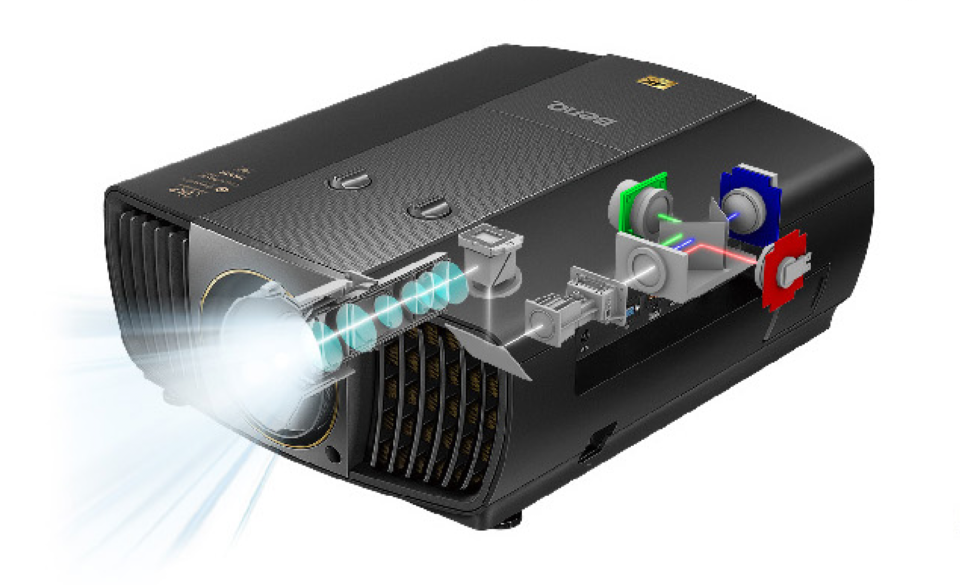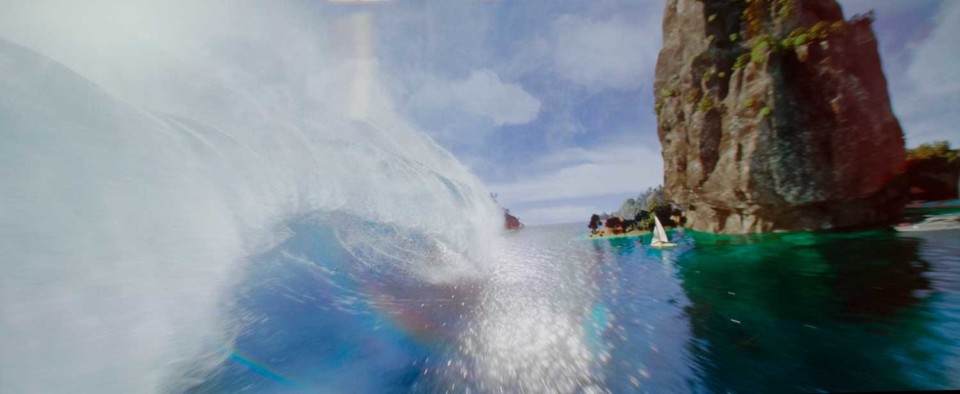The BenQ supports the two main software/firmware based standards: HDR 10 and HLG. I would not be happy if a new projector in this price range only supported the older HDR 10 standard (used by 4K UHD discs, aka 4K Blu-ray). HLG is more for broadcast HDR (and likely also streaming,) although there isn’t a whole lot of HDR content out there for streaming. There is also hardware based HDR – from Dolby, but we really haven’t seen that in projectors, probably due to the costs, as there are far less home projectors sold than TVs.
The original HT9050 lacked HDR. That bummed me out at the time. But at that same time, no one really had HDR figured out to the extent that today’s projectors do. Just 3 years makes a huge difference in the world of 4K with HDR performance.
OK that sounds like I’m giving them a pass, but I’m not. Other companies launched around the same time, tackling HDR, (with less than great success) but at least a couple of them provided firmware updates, as they “figured it out.” The best example is probably Epson who upgraded their first gen projectors, twice. Their “final solution” for that series, however, still doesn’t handle HDR quite as well as their most recent models despite signficant updates. Had BenQ attempted HDR, they could have improved it. BenQ has demonstrated in the past, that when needed they have put out firmware updates.
So, how good is the new HT9060, in handling HDR? To me, it seems especially good. Understand the trade-offs: Most HDR content “assumes” 1000 NITS brightness (I won’t get into that here, we’ve written about this). Few home theater/home entertainment projectors even exceed 300 NITS, so that means to get the best final picture you end up with something that falls between full HDR, and good old SDR (“standard” dynamic range). If projectors don’t use tone mapping or similar to adjust for the brightness shortage, you get a whole lot of “pop” (that’s HDR) for the brightest parts of scenes, then the rest ends up seeming dim. And no one likes that.

Isle of Wight stage 1080 SDR content
Some projectors, I believe go a bit too far – end up with less “High” in their Dynamic Range. So less "pop", but an overall brighter image. Still, good old SDR would have even less "pop", and seem brighter still. That was a mild criticism I wrote about in that review.
The HT9060, by comparison, looks really good doing HDR, not quite as “SDR-like” as the less expensive BenQ. It is still a little brighter in the mids (so less difference from there to white), than, say the Epson 5050UB, but as I have compared both side by side, both are much closer in HDR handling to each other than The HT9060 is to the HT5550, or the Epson HC5050UB is to the original HC5040UB.
Bottom line on the BenQ HT9060’s HDR: Very competent! Works for me. I am curious though, JVC has just upgraded their HDR processing on their current models. Phil who recently reviewed the similarly priced JVC NX-7, is going to get a “second look” with the new firmware. Will it be no better, or even significantly better than the BenQ’s HDR handling? We’ll let you know.





